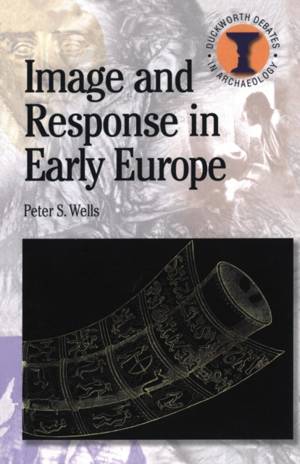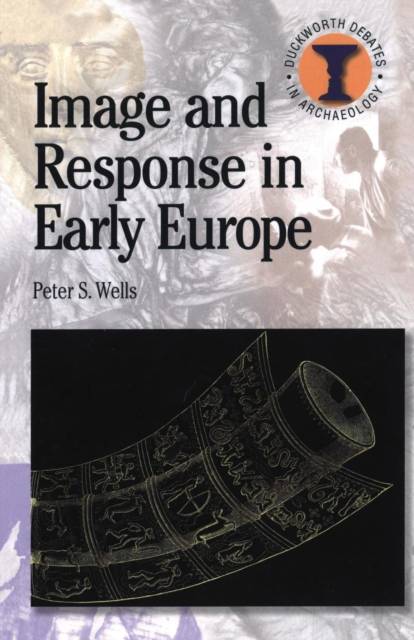
- Afhalen na 1 uur in een winkel met voorraad
- Gratis thuislevering in België vanaf € 30
- Ruim aanbod met 7 miljoen producten
- Afhalen na 1 uur in een winkel met voorraad
- Gratis thuislevering in België vanaf € 30
- Ruim aanbod met 7 miljoen producten
Zoeken
€ 60,95
+ 121 punten
Omschrijving
Did people in the Iron Age see their bronze figurines and sculpted stones differently from the way we see them today? How can we approach the problem of determining how they saw things? How different was their experience viewing these objects in the course of their use, from ours as we look at them in museum cases or through photographs in books? Recent research in cognitive neuroscience and cognitive psychology forms the theoretical basis for a new approach to understanding the visual basis of communication in early Europe. The focus is on societies from the Early Iron Age to the early medieval period in temperate Europe, at the time that traditions of writing were gradually being adopted in this part of the world.Following review of the most relevant results of new experiments and observations in those sciences, Peter S. Wells examines the visual aspects of the archaeological evidence to investigate the role that visuality - the visual quality of things - played in the expression of the self, in interaction between members of social groups, in ritual activity, and in the creation and experience of cultural landscapes.
Specificaties
Betrokkenen
- Auteur(s):
- Uitgeverij:
Inhoud
- Aantal bladzijden:
- 208
- Taal:
- Engels
- Reeks:
Eigenschappen
- Productcode (EAN):
- 9780715636824
- Verschijningsdatum:
- 29/05/2008
- Uitvoering:
- Paperback
- Formaat:
- Trade paperback (VS)
- Afmetingen:
- 141 mm x 215 mm
- Gewicht:
- 213 g

Alleen bij Standaard Boekhandel
+ 121 punten op je klantenkaart van Standaard Boekhandel
Beoordelingen
We publiceren alleen reviews die voldoen aan de voorwaarden voor reviews. Bekijk onze voorwaarden voor reviews.








